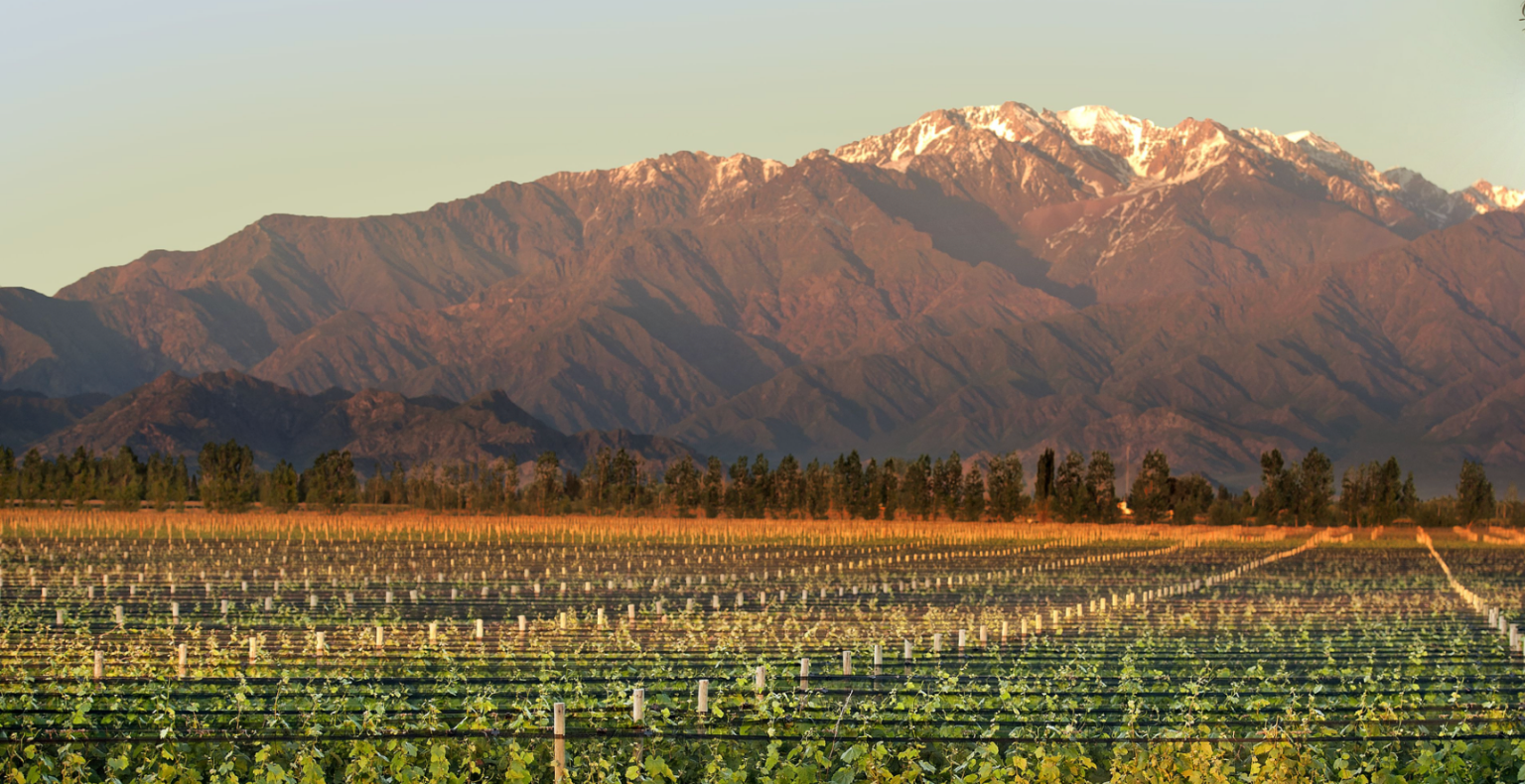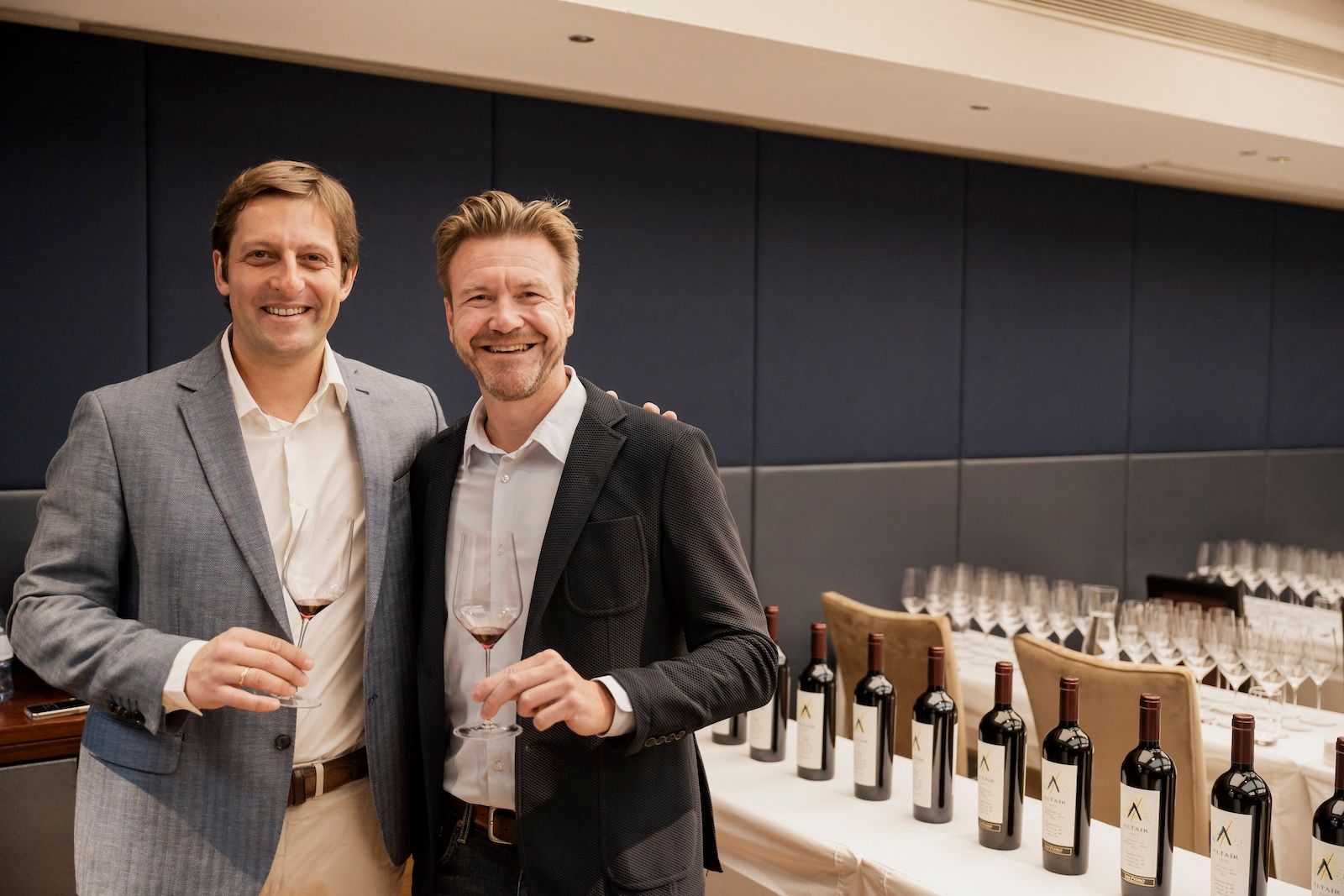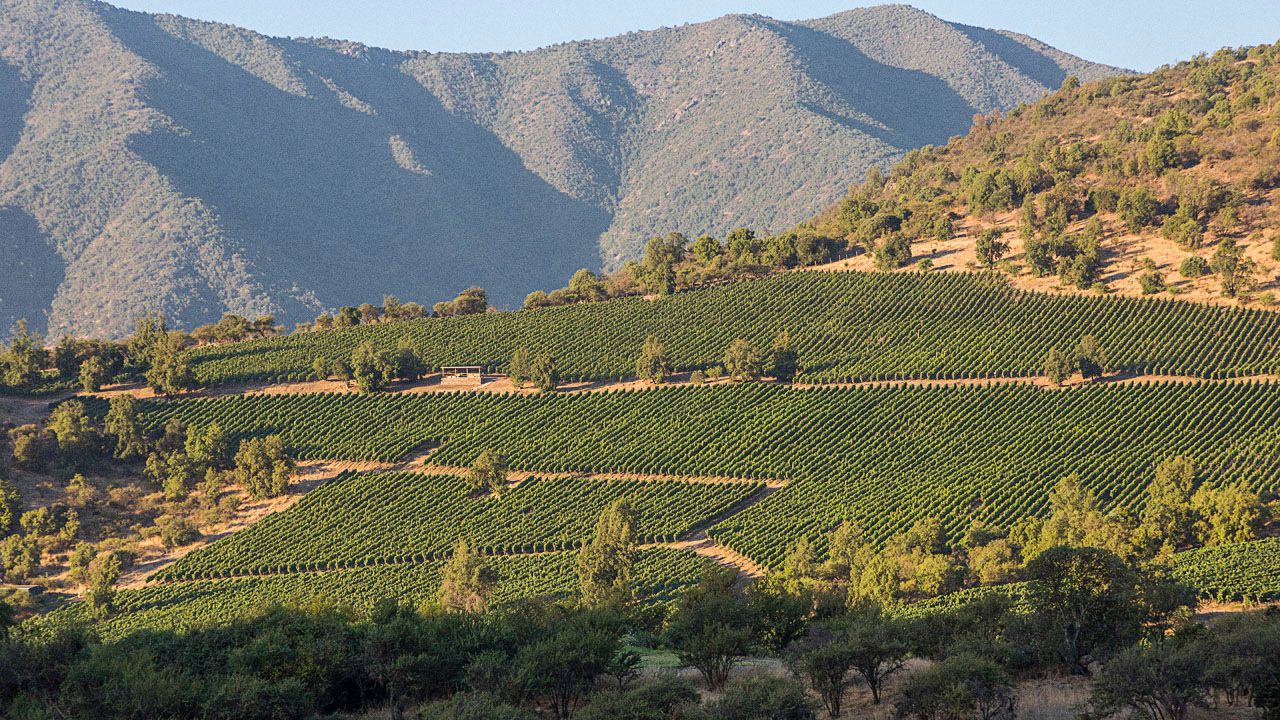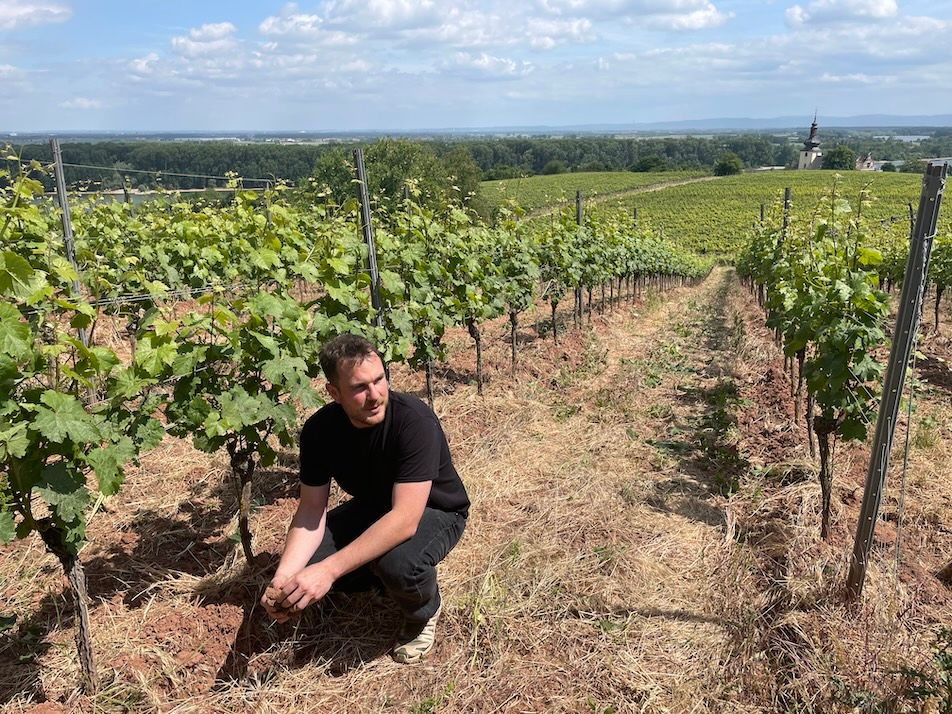When Eugenio Bustos traded his best horse for Malbec vines back in the late 19th century, he could scarcely have realised he was at the vanguard of a trend which would eventually result in the single varietal becoming the flagship grape for the entire Argentinean wine industry.
La Celia, named after Bustos’ daughter to whom he left the winery, sits in the Uco Valley in the foothills of the Andes, and originally spanned over 40,000 hectares; the winery soon became so important the national railway line built a station right next to its entrance.
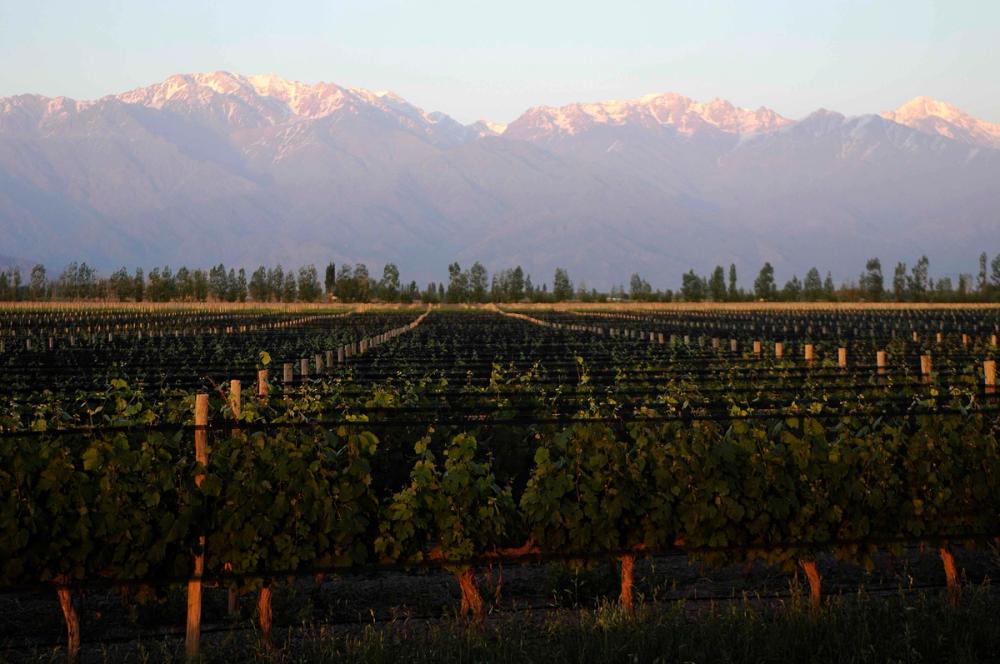
La Celia's vineyards are high up in Mendoza's Uco Valley - home of the premium Argentine wine sector
Fast forward to 2000 and Vina San Pedro bought part of the original estate, including the historic winery building. With more than 380 hectares of vineyards to choose from, winemaker Andrea Ferreyra, who has been with La Celia since the 2006 vintage, having cut her teeth at Bodegas y Vinedos La Rural and Bodegas y Cavas de Weinert, makes a range of wines from not only Malbec, but also Cabernet Franc, Cabernet Sauvignon, Chardonnay and Pinot Grigio.
Whilst La Celia is a new winery import for Enotria&Coe, it has been working with VSPT since 2011 with its Chilean wineries Leyda, San Pedro and Tarapacá.
“The relationship has been consolidating over time as we have added additional wineries and range extensions, with the latest being La Celia from Argentina,” says Enotria&Coe’s Rachael Pogmore.
She agrees with VSPT’s UK business manager Marcela Burgos that the most important aspect of a good working relationship is effective communication.
“Communication and transparency are absolutely key,” confirms Burgos. “That really helps the relationship grow, and I think that’s why we’ve had so much success with VSPT and the wineries.”
Having shared goals that work for both businesses is another important element in a successful working relationship, according to Pogmore.
The vineyards

La Celia vineyards are in three key areas of the Uco Valley
While La Celia is effectively one single large vineyard, it spans three different sub regions and several different terroirs, not to mention over 200 metres of difference in altitude all of which combine to give the wines their distinctive qualities.
Paraje Altamira is the highest part of the vineyard at 1,100 metres above sea level, and consists of clay sandy loam; La Consulta, meanwhile, is located in the middle between Eugenio Bustos and Paraje Altamira and sits at an altitude of 1,050 metres with semi-deep sandy loam soil; while the eponymous Eugenio Bustos vineyards is situated right next to the winery at the lowest elevation of 980 metres and has deep sandy silt soils.
The diurnal temperature range is approximately 18 - 19 degrees Celsius, with the vineyards receiving around 200mm of rainfall each year, and drip irrigated by water flowing from the Nevado Piuquenes at 6,120 metres and from the Marjolego hill.
The winery is designed specifically with small production in mind, with 100 hectolitre fermentation tanks, concrete oval fermenters and French oak foudres. For the wine ageing, 2,000 and 3000 litre French oak barrels are used, to produce four ranges of high quality wines; Heritage, Elite, Pioneer and Reserva.
UK push
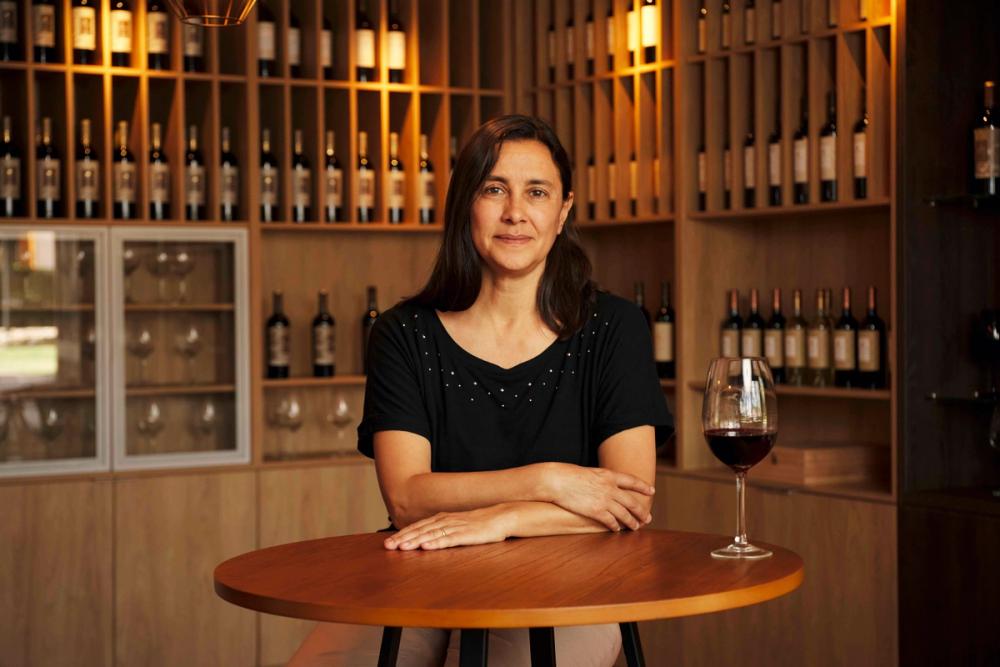
La Celia's highly respected winemaker Andrea Ferreyra
So what makes La Celia particularly well aligned to the UK market? “I think it's the iconic history that makes the point of difference, as well as the distinguishable terroir,” says Pogmore. “There’s such a rich diversity of brilliant wines crafted by Andrea, and whilst we're starting with a small range, the intention is to expand into more premium offerings. My goal as a buyer in the UK is to really showcase regionality across all of South America, to encourage engagement with new unfamiliar territory amongst consumers."
She adds: "Argentina has an advantage over its counterparts in Chile because Malbec has been such a dominant variety in the UK market for some time, and the next obvious step is to venture into diversity across regions.”
Burgos believes La Celia excels in demonstrating the diversity of Malbec, which is part of its appeal to the UK market. “I think what La Celia can offer is in showcasing how Malbec can alter according to the soil type and terroir, so making more fruit-forward wines, rather than pushing lots of oak onto the wine and masking the actual true typicity of the grape. And I think that's what Andrea, does really well. She is really, really focused on showing Malbec's potential as its true grape form, rather than masking it with oak.”
The sheer diversity of the grape is what makes it so attractive to the on-trade, claims Pogmore, with customers from pub groups and small independent retail shops to sommelier-led accounts all looking for something slightly different.
“There is definitely more interest in stocking several different Malbec options now,” says Pogmore.
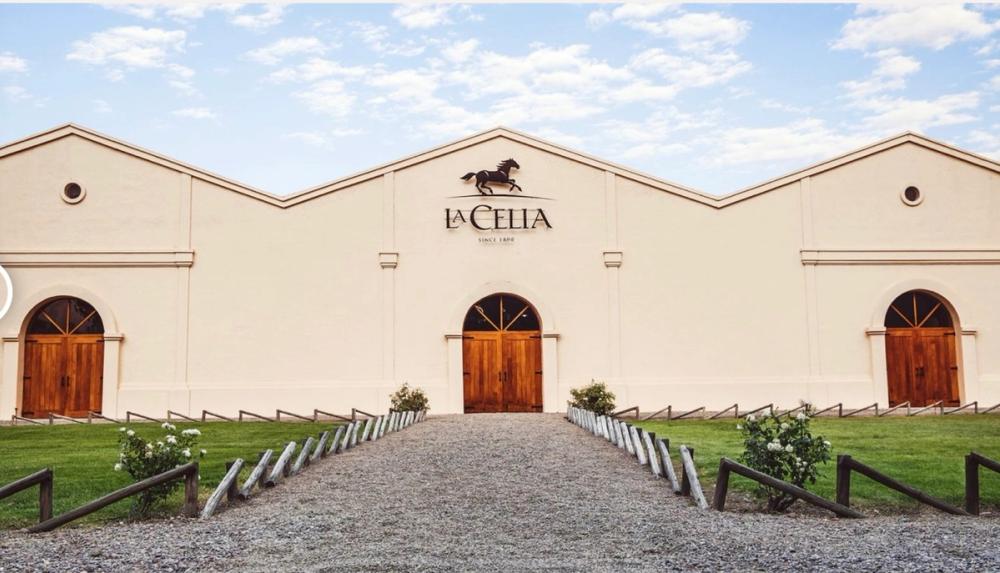
La Celia winery claims to be the first to bring Malbec to Argentina
She says traditionally that would always have been a generic cost friendly option from Mendoza region in Argentina, with perhaps a French alternative. “Quite a few of our accounts are now looking for diversity across those two options," she says. “I believe that La Celia can really offer something that's unique and a point of difference.”
However, according to Pogmore, UK consumers are typically nervous of trying new wines, particularly in light of the current cost of living concerns which can make splashing out on a new and different wine a daunting prospect. This is where sommeliers can step in, she says, and hand-sell the wines to reassure undecided customers.
“I think the story behind La Celia and providing a sense of place can really help sommeliers to pitch the wine to customers and give them peace of mind to venture outside of their usual comfort zone.”
The wines also make a great match with a wide variety of cuisines, she adds, making them especially appealing to the on-trade. “We have the brands who have invested huge marketing budgets into the UK market for contributing to the popularity of Malbec. It’s hard to ignore the big players that have really dominated the UK retail space,” says Pogmore, who in a former life worked as a supermarket buyer.
“I remember the money put into one mass market brand launch – those were the days of three bottles for £10. The wines were heavily discounted at first, giving consumers the initial confidence to buy Argentinean wines."
Pogmore believes another reason Malbec quickly became such a hit with UK consumers is because traditionally, the UK, like Argentina, favours meat-heavy dishes, with Malbec making the perfect partner for roast and barbecued meat in particular. The growth of barbecue restaurants in the UK has given the Argentinean wine industry a boost.
“That association with Argentine culture has really solidified what Argentina means to the UK consumer, even though a huge percentage have probably never visited,” says Pogmore.
Argentina too, benefits from the fact that consumers in the UK have a very clear image of the country, according to Burgos. “Everyone knows about tango and barbecues and football,” she adds.
But it’s not all about the Malbec; while Enotria&Coe has started importing La Celia’s flagship grape, it is also shipping the Chardonnay, rosé and a Cabernet Sauvignon into the UK market too.
“I think these are the varietals that are really the baseline of what we should be offering at this price point for La Celia,” adds Pogmore.
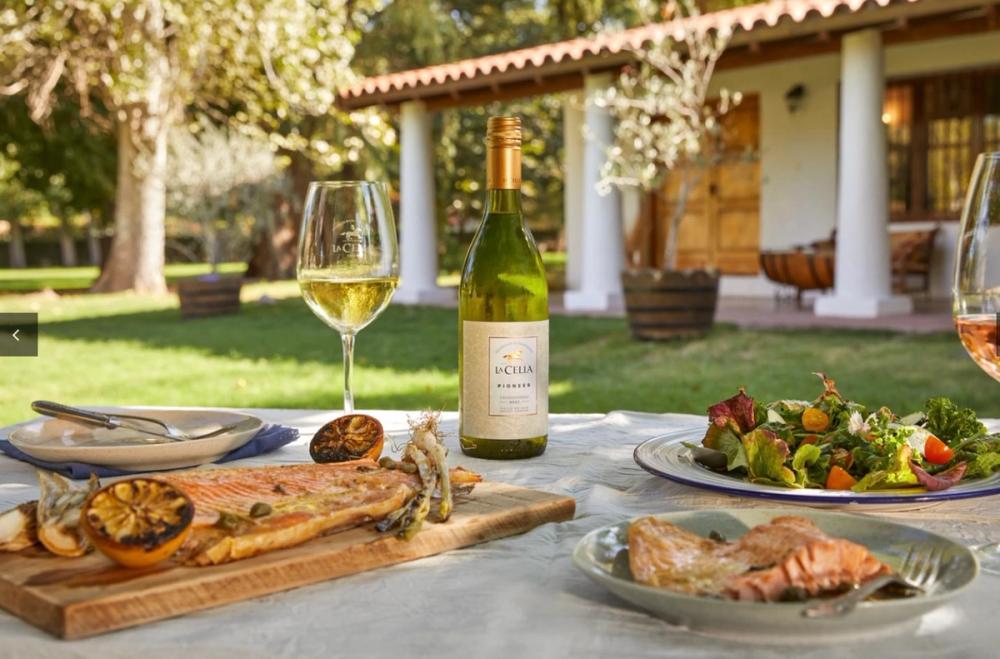
Enotria&Coe's Rachael Pogmore believes Chardonnay can be a flagship variety for Argentina
She predicts the Chardonnay will prove extremely popular in the UK on-trade: “There is definitely growing interest in the variety and it is fast becoming Argentina’s flagship [white] grape,” she claims, adding that Enotri&Coe is currently in the process of shaking up its entire Argentine offering.
“I think the reason Chardonnay from Argentina does so well is that it reacts very well to the terroir. The way Andrea has produced her Chardonnay is again, fruit-forward, with minimal intervention, and it works very well with food. It offers a really well-rounded accompaniment to the Malbec.
Enotria&Coe’s plan is to slowly build the La Celia range in the UK and introduce more premium wines over time when the brand becomes more established.
Though it is early days, Enotria&Coe reports considerable interest from customers in la Celia wines. “They love the Malbec,” says Pogmore. "There’s considerable demand for these fresher, fruitier styles, that are lighter and easier to drink, which Malbec is not necessarily usually associated with.”
2024 vintage
2024 has been an “excellent” vintage, reports Burgos, with yields significantly higher than expected - up by around 20% on the average, and with some very healthy fruit. However, the harvest was delayed by around 10 days compared to recent years, although it still fell within the historic norms for the Uco Valley.
Temperatures during the growing cycle were less extreme than in previous years, with only 13 days when the mercury reached higher than 33°C compared to 46 days the previous year. Spring, especially October, was cooler and more humid than the previous spring, without late frost.
”The main threat in high altitude vineyards is spring frosts, which can kill production, but we were fortunate in that this didn’t occur, so we have very healthy budding,” says Burgos.
An unusual level of snowfall in the Andes Mountains led to an increased flow of water in the rivers and greater water availability for irrigation. The most significant influence, however, occurred in April, making the end of harvest more problematic. Rainfall, meanwhile, was lower than that of the two prior years: 35% less than in 2022-2023 and 17% less than in 2021-2022, although it was distributed throughout every month.
The resulting white wines are “very supple with pronounced citrus aromas, floral notes of medium intensity, and moderate acidity,” according to Burgos, with the Pinot Grigio and Chardonnay being particular stand outs. The reds, meanwhile, show fresh, ripe profiles with moderately intense fruity notes, good polyphenolic balance and medium to low acidity.
Sustainability and climate change
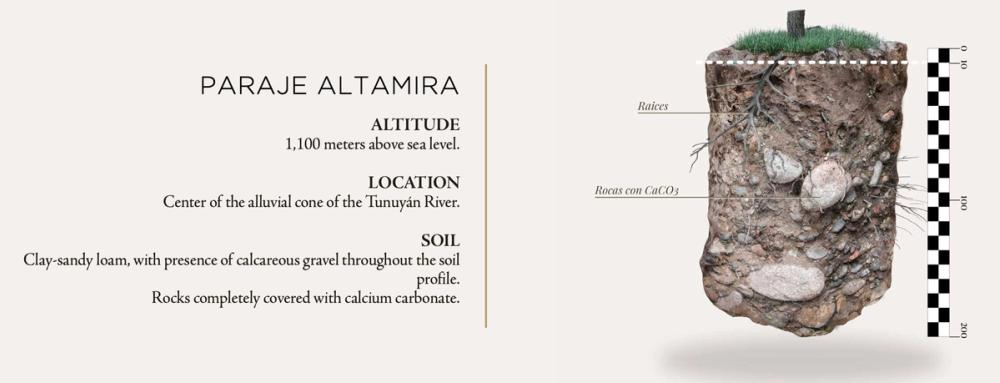
Better understanding the soils, rocks and the exact locations to plant specific vines is transforming Argentina's wine industry
“We recognise that climate change is the most significant threat facing the wine industry today. Hence, sustainability is part of our corporate values and a fundamental pillar of our business,” explains Burgos.
All sustainability initiatives undertaken by La Celia are aligned with VSPT's sustainability model, with nearly 100% of waste produced in its operations being recycled. Additionally, the winery has achieved 100% drip irrigation in the vineyards.
“The aim for us is to conduct our first carbon footprint verification exercise in 2025 and apply for the applicant category of the IWCA, following in the footsteps of VSPT, which already holds the Gold status,” says Burgos. “We aspire to outline a roadmap towards Net Zero.”
This can’t happen soon enough because, she claims, climate change is already having a visible impact in the region.
“Rainfall patterns are changing: We are experiencing less rainfall and the rain that does fall tends to be concentrated into brief episodes, so the soil cannot effectively incorporate all the water. Today we operate under a logic of total water awareness, where efficient water use has been applied to every process to achieve the best quality in our wines to guarantee the same consistency.”
But it is also giving winemakers and producers the platform to make dramatic changes in both where they are planting vines, growing grapes and making wines. Changes that can be seen in the premium wines coming out of the Uco Valley and what VSPT is doing with the diverse wines from La Celia.
* You can find out more about La Celia and its wines at its website here.
* Both VSPT and Enotria&Coe are commercial partners to The Buyer and you can find out more about VSPT here and Enotria&Coe here.
